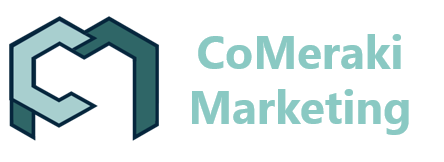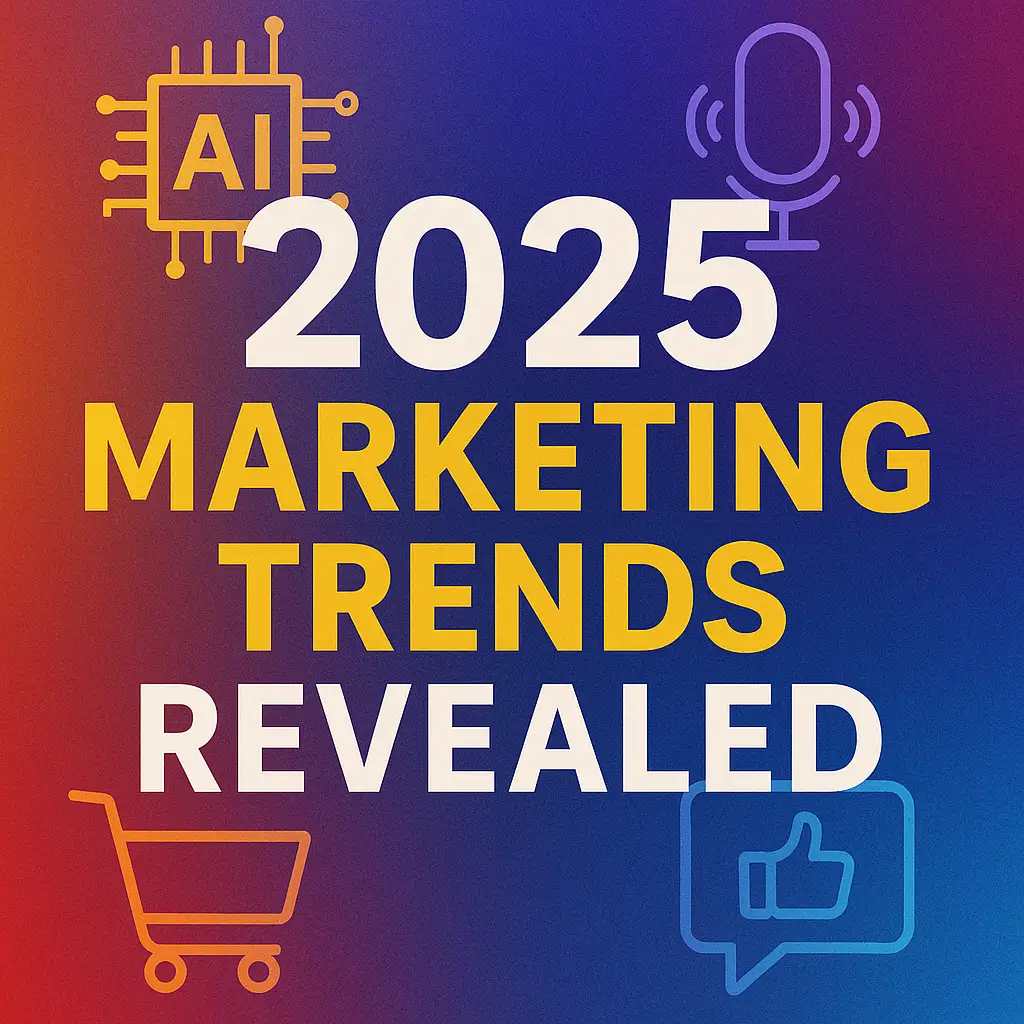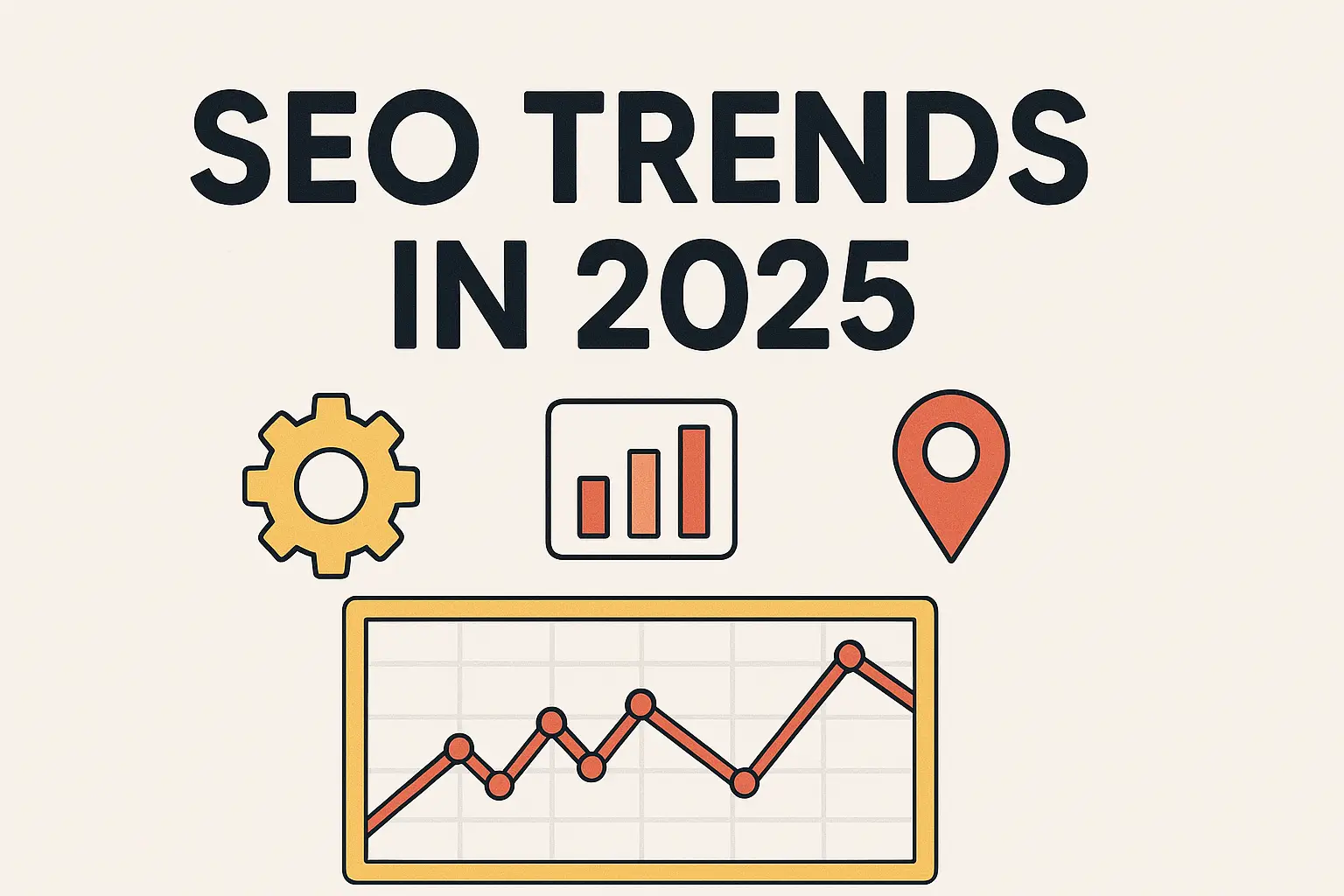 As a small business owner, navigating the world of digital marketing can often feel like stepping into a foreign language class. Acronyms like ROI, CPL, CPC, and terms such as retargeting can leave you scratching your head. But don’t worry—this guide simplifies these terms and answers commonly searched questions to help you confidently engage in marketing conversations and make smarter decisions for your business.
As a small business owner, navigating the world of digital marketing can often feel like stepping into a foreign language class. Acronyms like ROI, CPL, CPC, and terms such as retargeting can leave you scratching your head. But don’t worry—this guide simplifies these terms and answers commonly searched questions to help you confidently engage in marketing conversations and make smarter decisions for your business.
Common Questions Answered
- What is ROI in marketing?
- What is CPL (Cost Per Lead)?
- What is CPC (Cost Per Click)?
- What does retargeting mean?
- How does SEO improve my website traffic?
- What is a call-to-action (CTA)?
- What are marketing funnels?
1. Understanding ROI (Return on Investment)
ROI, or Return on Investment, is a crucial metric in marketing. It measures how much profit you generate compared to the amount spent on marketing efforts. The formula for ROI is:
For example, if you spend $1,000 on a marketing campaign and it brings in $5,000 in revenue, your ROI is 400%. In simpler terms, for every $1 you spend, you make $4 back. According to industry research, the average ROI for email marketing campaigns is 36:1—for every $1 spent, businesses typically earn $36. Understanding ROI helps you determine which campaigns are worth repeating and which need refinement.
2. What is CPL (Cost Per Lead)?
CPL, or Cost Per Lead, measures how much you spend to generate a single lead—a potential customer who has shown interest in your business. The formula for CPL is:
For instance, if you spend $500 on a Facebook ad campaign and it generates 50 leads, your CPL is $10. Tracking CPL helps you allocate your marketing budget more effectively and identify which channels bring in the most cost-effective leads.
3. What is CPC (Cost Per Click)?
CPC, or Cost Per Click, is a metric that shows how much you pay each time someone clicks on your ad. CPC is commonly used in platforms like Google Ads and Facebook Ads. It’s calculated as:
For example, if your ad campaign costs $200 and garners 400 clicks, your CPC is $0.50. A lower CPC indicates that your ad is engaging and relevant to your audience, which can help you achieve a better ROI.
4. What Does Retargeting Mean?
Retargeting is a marketing strategy that serves ads to people who have previously visited your website or interacted with your content. For example, if someone browses a product on your website but doesn’t make a purchase, retargeting ads can remind them of the product on other platforms. Retargeting can increase conversion rates by up to 70% because it targets warm leads who are already familiar with your brand.
5. How Does SEO Improve Website Traffic?
SEO, or Search Engine Optimization, is the process of optimizing your website to rank higher on search engine results pages (SERPs). SEO involves:
-
- Using relevant keywords in your content.
-
- Improving site speed and mobile-friendliness.
-
- Earning backlinks from reputable websites.
For example, if you run a bakery in Chicago, using keywords like “Chicago bakery” or “best cupcakes in Chicago” in your website content can help you appear in local searches. Statistics show that SEO drives 1,000%+ more traffic than organic social media, making it a vital part of any marketing strategy.
6. What is a Call-to-Action (CTA)?
A Call-to-Action (CTA) is a prompt that encourages your audience to take a specific action, such as:
-
- “Subscribe to our newsletter”
-
- “Shop now”
-
- “Learn more”
Effective CTAs are clear, action-oriented, and often create a sense of urgency. For example, “Order now and get 20% off” entices users to act immediately. Studies show that including a CTA button in your email can increase click-through rates by up to 28%.
7. What Are Marketing Funnels?
A marketing funnel represents the customer journey from awareness to purchase. It typically has three stages:
- Top of Funnel (Awareness): Potential customers discover your brand through blog posts, social media, or ads.
- Middle of Funnel (Consideration): Customers evaluate your offerings by reading reviews, watching videos, or signing up for emails.
- Bottom of Funnel (Conversion): Customers make a purchase or take the desired action.
Understanding the funnel helps you tailor your content and messaging to guide customers through each stage. Businesses that optimize their funnels can see a 10% or higher increase in conversions.
Additional Key Terms to Know
1. Bounce Rate
This refers to the percentage of website visitors who leave after viewing only one page. A high bounce rate might indicate that your site’s content isn’t engaging enough or that the page load time is too slow.
2. CTR (Click-Through Rate)
CTR measures how many people click on your ad or CTA out of the total who see it. For example, if 100 people see your ad and 5 click on it, your CTR is 5%. A higher CTR often signals that your content resonates with your audience.
3. Lead Nurturing
Lead nurturing is the process of building relationships with potential customers through targeted communication, such as email campaigns or personalized content. The goal is to guide leads through the marketing funnel and convert them into customers.
4. Customer Lifetime Value (CLV)
CLV measures the total revenue a customer is expected to generate during their relationship with your business. Understanding CLV can help you decide how much to invest in acquiring and retaining customers.
5. Marketing Automation
Marketing automation uses technology to streamline repetitive marketing tasks, such as sending email campaigns, scheduling social media posts, or segmenting audiences. Tools like HubSpot or Mailchimp can help small businesses save time while maintaining a personalized approach.
Practical Tips for Small Business Owners
-
- Set Clear Goals: Define what you want to achieve with each campaign—whether it’s increasing website traffic, generating leads, or boosting sales.
-
- Track Your Metrics: Use tools like Google Analytics or Facebook Ads Manager to monitor ROI, CPL, CPC, and other metrics.
-
- Leverage Retargeting: Install a Facebook Pixel or Google Ads Tag on your website to enable retargeting campaigns.
-
- Invest in SEO: Focus on creating high-quality content and optimizing your website to rank higher in search results.
- Keep Testing: Use A/B testing to compare different ads, CTAs, or landing pages to see what resonates best with your audience.
Digital marketing doesn’t have to be intimidating. By understanding these terms and metrics, you can make informed decisions and maximize your marketing efforts. Remember, the key is to start small, track your results, and optimize as you learn. Whether it’s boosting your ROI, lowering your CPL, or mastering retargeting, these concepts can transform your small business marketing strategy.
Comeraki Marketing can help your business grow – click here to learn more today!





